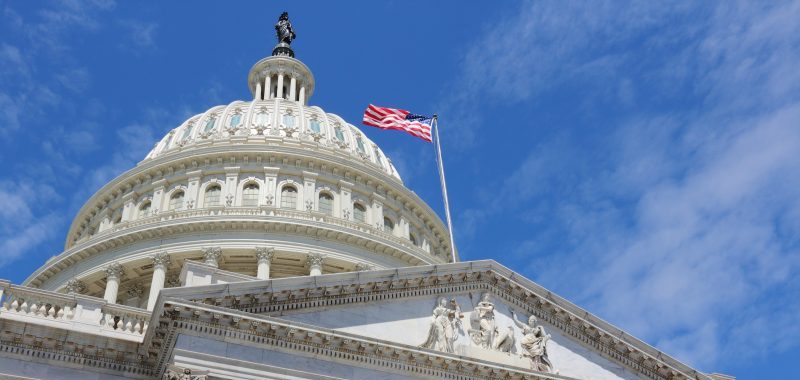It’s a new year for government, which means the concerns and storylines are evolving (they always are). With all that’s going on across the country, we at GovLoop know how difficult it can feel to stay abreast of the most pressing issues.
That’s why we’ve put together a list of five of the most important government stories to keep an eye on in this first part of 2018. Hopefully it’ll help steer you in the right direction.
Note, however, that the list is not exhaustive. If you think we’ve missed an important storyline here, feel free to share with other readers in the comments.
Enjoy!
1. A Government Shutdown Looms
This stands as the most pressing federal story right now. If Republicans and Democrats don’t reach a deal by Friday, the government will cease operations.
Congress has successfully passed several stopgap bills in the last few months, but support among its GOP caucus has waned with each one. The continued controversy has fostered a dramatic moment for members of both parties, with Republican defense hawks threatening to vote against another short-term funding solution and Democrats considering the political pros and cons of pushing for a shutdown.
2. FirstNet Is Moving Right Along
Officials at the Consumer Electronics Show (CES) in Las Vegas last week said that the FirstNet applications store was actively seeking developers, now that 54 jurisdictions had signed on to the network. When operational, the broadband network will aid first responders with more reliable communication infrastructure.
FirstNet expects to complete its core network in March, and wrap a complete infrastructure buildout by 2020.
3. State Officials Beat the Drum for Autonomous, Electric Vehicles
If you follow technology news even casually, you’ve likely felt the buzz around new transportation technologies. At CES, a panel of state government speakers hailing from California, Nevada, Utah and Massachusetts discussed the issue, each agreeing in their own way that transportation is on the cusp of drastic innovation.
Of course, no one knows for sure what the future holds for this technology, whether in the public or private sector. But if it’s any sign, more than a dozen companies showcased autonomous vehicles at the conference.
4. GAO Finds Fault in Acquisitions Process
According to a recent report by the Government Accountability Office, many agencies need to do more to involve their chief information officers in acquisitions. In a review of fiscal year 2016 contracts, most did not properly enumerate all they spent on IT.
Despite recent legislative efforts like the Federal IT Acquisition Reform Act (FITARA) — which requires CIOs be involved in IT investments — GAO found that agencies were often slow to adopt the new rules.
5. A Defense Department Cloud Ahead of Schedule
On the other hand, the federal government sometimes completes projects before the expected date.
CSRA, the company building the Defense Department’s $500 million cloud computing infrastructure, announced Friday it would go live with the project on Feb. 1 — three months ahead of schedule. Titled “milCloud 2.0,” the on-premise service will offer defense and military customers a cloud option.





Excited to see what transportation innovations end up coming to fruition, especially with public transportation. It seems that personal vehicles are becoming more energy-efficient, and autonomous but we still have a ways to go to improving public transportation. I’ve seen some cities with bus-only lanes that decrease traffic on bus routes and NY is piloting bus stops where you pay your bus fare at the bus stop, as opposed to on the bus itself, to speed up the boarding process. We need to implement some of those strategies to alleviate commuter traffic in the DMV.